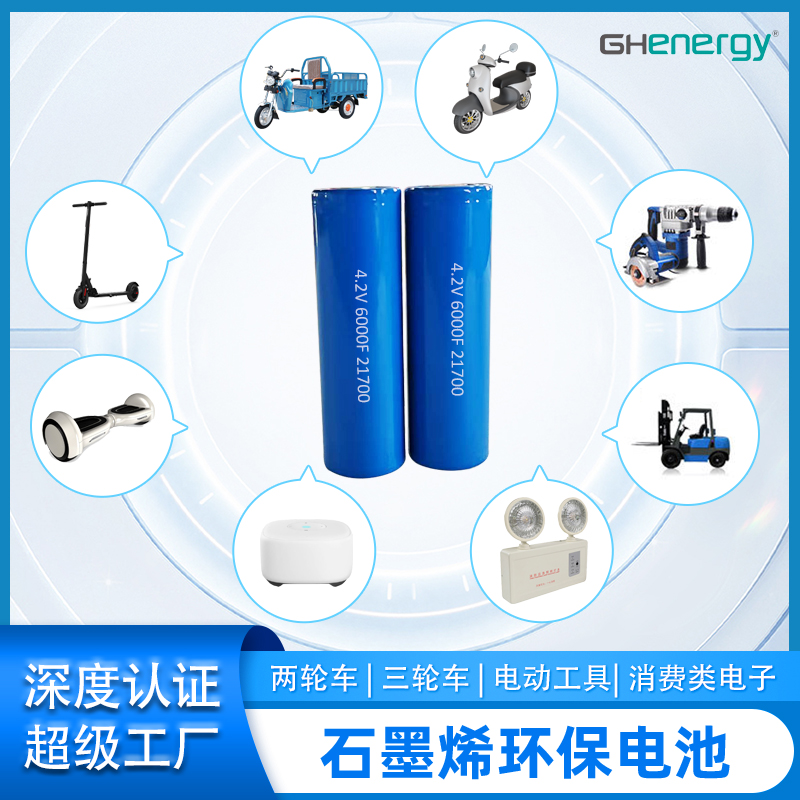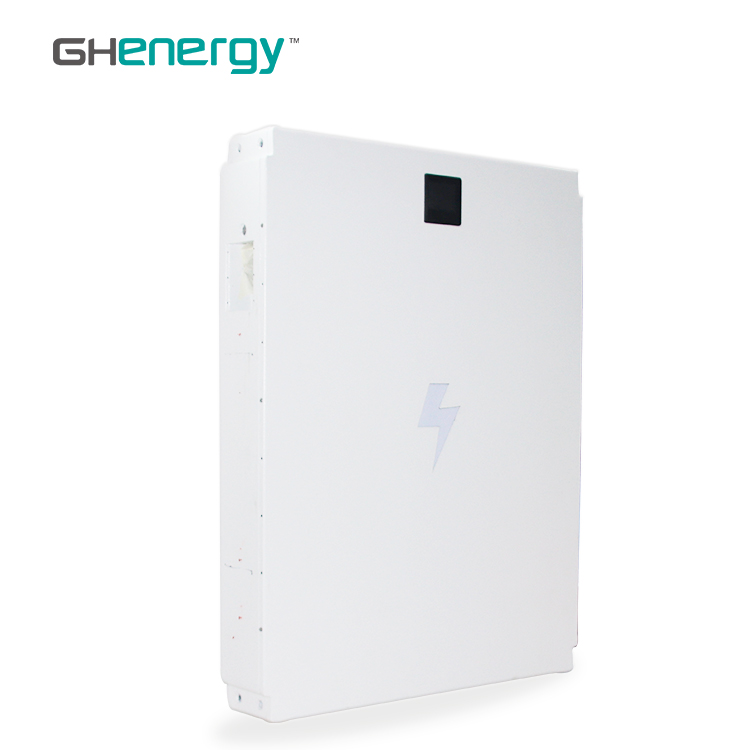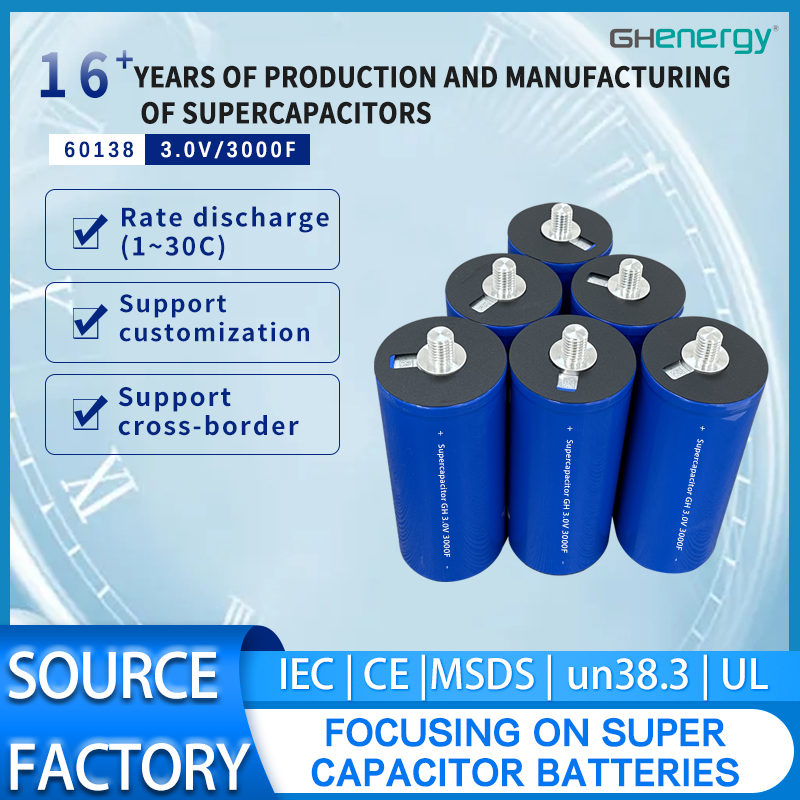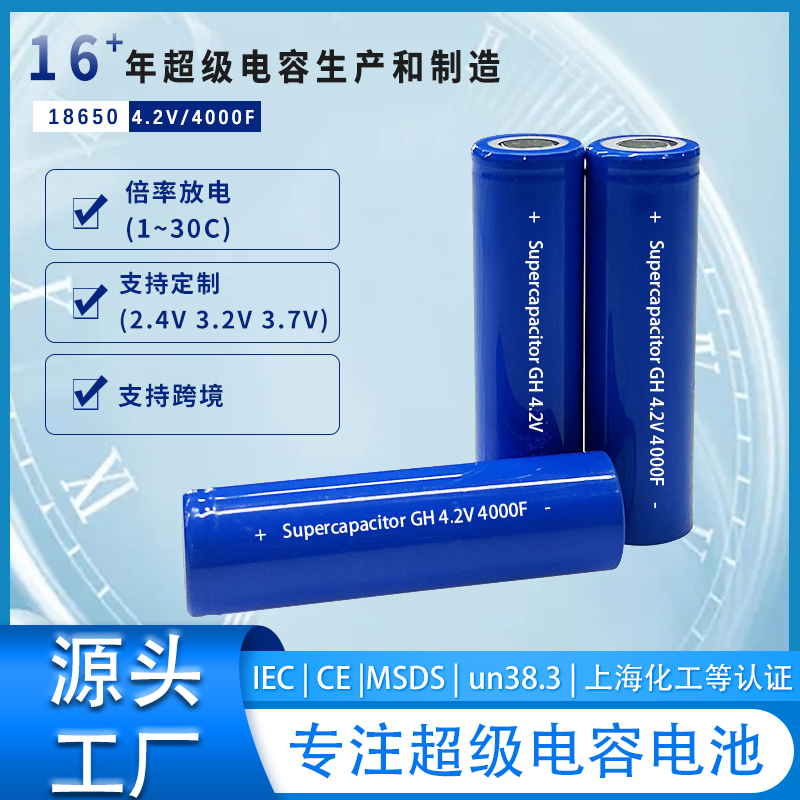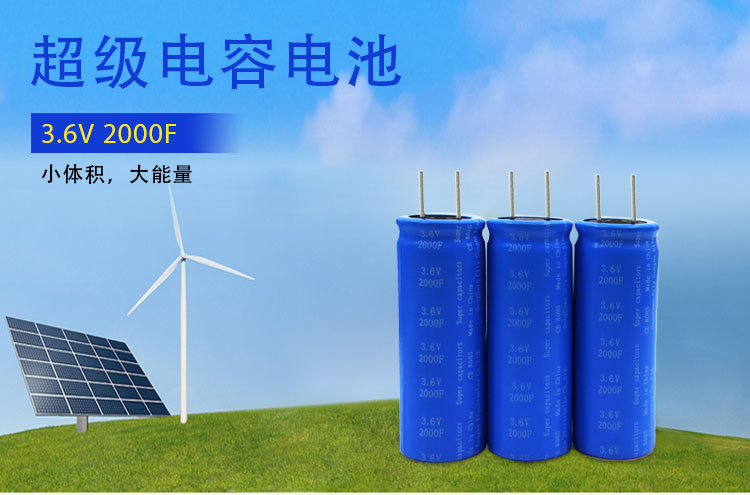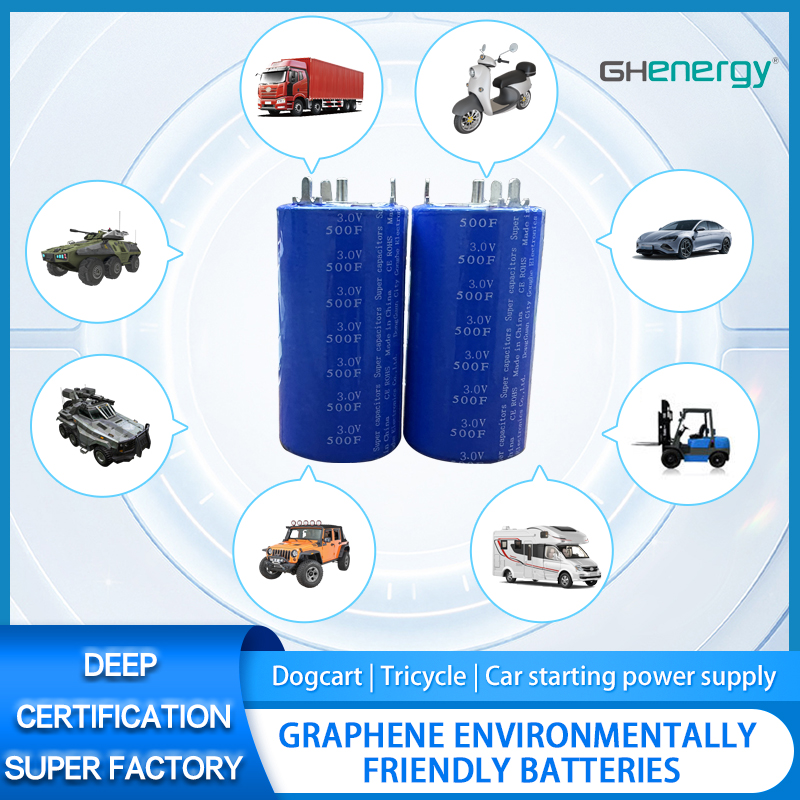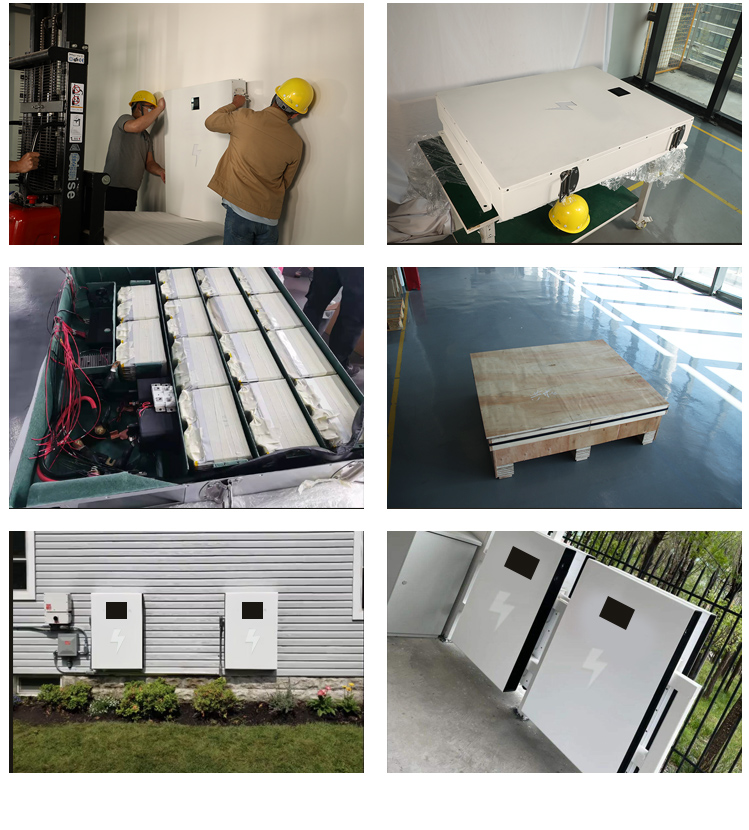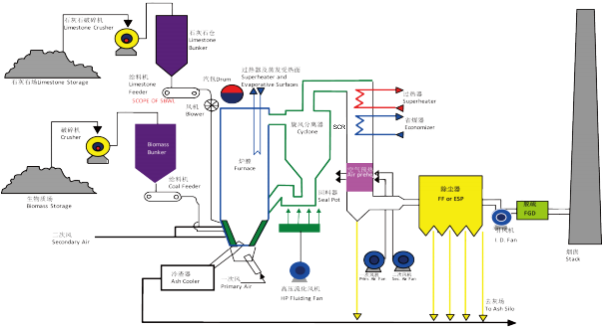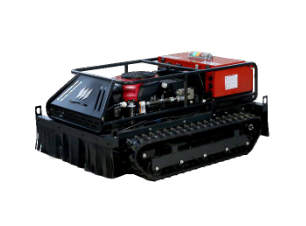Wedoany.com Report-Nov 16, Putting renewable generation at or near the point of consumption is by far the cheapest and most efficient form of energy available. Today, technological progress, maturing funding models and supportive regulation can make onsite solar increasingly simple for businesses and communities, offering the potential to significantly reduce carbon emissions without resorting to subsidies.
Harnessing the potential of renewables to deliver lower cost energy, as well as increased security and energy resilience at a community level, is where Iberia excels. Indeed, Spain benefits from the highest solar irradiation in Europe, achieving 1700 kWh/m2 in its sunniest regions, such as Sevilla and Almería, compared to the European average of about 1000 kWh/m2.
As a result, between now and 2030, Spanish solar installed is set to increase by a projected CAGR of 28%. Much the same can be said for the wider Iberian region, with the popularity of photovoltaics (PV) also growing across Portugal (with the technology now responsible for 12% of total power generation), Andorra, and Gibraltar.
The region’s perfect blend of positive regulatory and legislative conditions, combined with favourable operational, environmental, and financial factors, has also seen a boom in the creation of collective self-consumption (CSC) and renewable energy communities (REC) – often collectively referred to as energy communities. Bringing together local residents and businesses to generate and share renewable energy, an energy community sees numerous consumers benefit from lower utility prices, lower emissions and greater energy independence.
Energy communities benefit from significantly reduced grid fees for sharing energy that is generated locally. For example, in Spain, consumers within 2 km of a solar asset can join the energy community. The excess energy from the renewable generator is shared across the community. Local residents and businesses pay a significantly lower price for this local generation, compared to the price that they typically pay for energy supplied by the grid, while the investor receives a higher price than exporting surplus energy to the grid.
Spain's National Energy and Climate Plan promotes the development of a national network of energy communities as an attractive opportunity to expand renewables capacity as they offer more efficient use of limited space in urban areas as well as lower investment costs per user and the ability to share technical, administrative and operational knowledge. The government has supported these efforts by streamlining approvals and providing training and capacity building. If emulated in the UK, community energy schemes at a business and residential level could prove game-changing when it comes to tackling local grid constraints and unlocking stranded projects.
Both Spain and Portugal are empowering communities with clear legal frameworks, where residents in flats, for example, can confidently sign up to shared roof-top solar schemes to reduce reliance on the grid and lower their energy bills, as well as selling back to the grid when surplus power is generated. Models such as these, which are now tried and tested, can inform the transformation of our own systems to take full advantage of the potential of renewable energy.
The system is not without it challenges though, with administrative barriers cited by the Climate Action Network as factors impacting on progress in residential community schemes.
But this is not just an opportunity isolated to the residential space. Commercial properties across Europe are also engaged in energy communities. Rather than simply harnessing self-generated green energy and exporting surplus, this sees sites encouraged to trade with neighbouring buildings that do not have access to renewable energy generation capabilities.
From an economic perspective, local communities and businesses can share the benefits of low-cost renewable power. From an environmental perspective, it reduces pressure on centralised energy supply, instead creating low-carbon flexible community microgrids.
The European ambition for solar
Europe's journey towards a sustainable energy future has seen a gradual but consistent expansion of the distributed solar power generation market, influenced by increasing investment, technological advancement and government initiatives designed to transform the energy landscape.
For example, the EU Solar Energy Strategy, as part of the broader REPowerEU plan, has set an ambitious target to install more than 320 GW of new solar PV capacity by 2025 and a staggering 600 GW by 2030. This goal represents a significant leap from the 280 GW of installed capacity recorded in 2023 and predicts a dramatic rise in annual installations.
The commercial and industrial (C&I) sector is growing in prominence too within this landscape, with expectations to add an additional 125 GW by 2030. This substantial contribution underscores the sector's vital role in shaping the future of Europe's solar capacity. The rooftop solar market, particularly among C&I customers, has experienced remarkable growth, expanding by 54% during the past year alone.
Recognising the potential for energy communities to help achieve a more secure, affordable and cleaner energy system for Europe, the REPowerEU Plan put forward the shared political objective of achieving one energy community per municipality with a population of more than 10 000 by 2025. Under EU law, energy communities can take the form of any legal entity including an association, a co-operative, a partnership, a non-profit organisation or a limited liability company. Through the Clean energy for all Europeans package, adopted in 2019, the EU introduced the concept of energy communities in its legislation for the first time, notably as citizen energy communities and renewable energy communities. Since then, legislation on energy communities has been further strengthened by new or revised EU rules.
